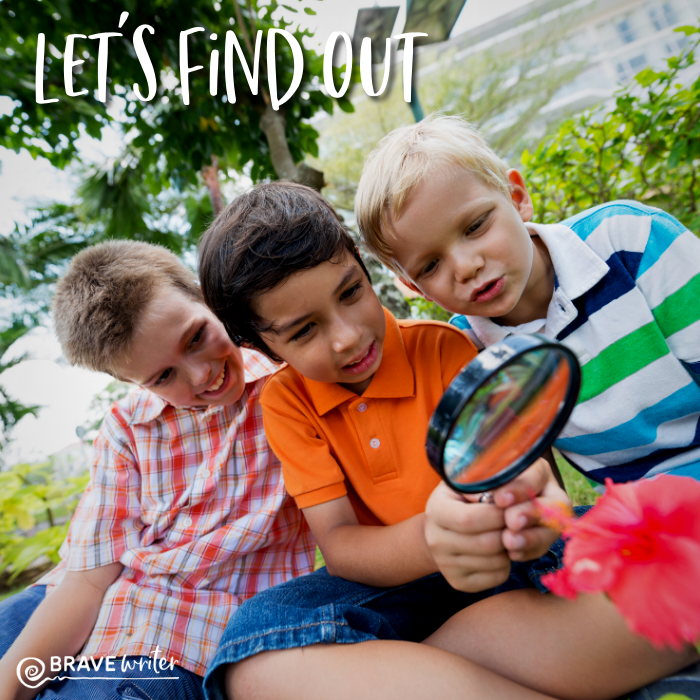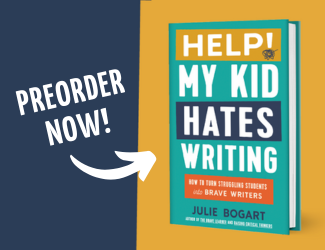Let’s Find Out

“Let’s find out.”
.
A hundred questions a day. You may feel like google.mom or yahoo.dad. Your mental search engine gets tired.
The temptation: provide an answer—even a short incomplete not specific answer to end discussion.
But once a day—resist the temptation to end the conversation. Respond to a question with three little words: “Let’s find out.”
What happens next? Instead of providing a single “correct” answer, you open the door to both an answer AND why the answer exists. You open the door to more possible answers that in your hurry to move on, you would’ve missed.
Example: “Mommy, how do you spell ‘here’?”
You know she wants “here.” But what happens if you say: “Let’s find out” and ask her to verbally ask Siri to look up the spelling for “here”? Immediately there are two options and quickly you’re into syntax and how to determine which one is right in this context.
“Daddy, where does garbage go?” moves from “It gets taken away in a truck” to a different answer: “Let’s find out: Oh! It doesn’t actually go away very well” followed by looking up details about waste and recycling in your town, state, country, the globe.
“When is it my turn to play the game?” followed by “Let’s find out” leads to asking more questions, “What does the clock say? Did you ask your brother when he’ll be finished?” You gently shift the energy to your child finding his or her own answers with support from you, consulting the tools that help him or her find the answers.
This habit is a good one to grow—the tendency toward whining is wanting you, the external source of information, to act like an on call search engine with ready answers.
The Bottom Line
“Let’s find out” still provides a feeling of companionship and treats questions as worthy of exploring.
The fruits:
- nuance,
- complexity,
- and self awareness.
This post is originally from Instagram and @juliebravewriter is my account there so come follow along for more conversations like this one!


















